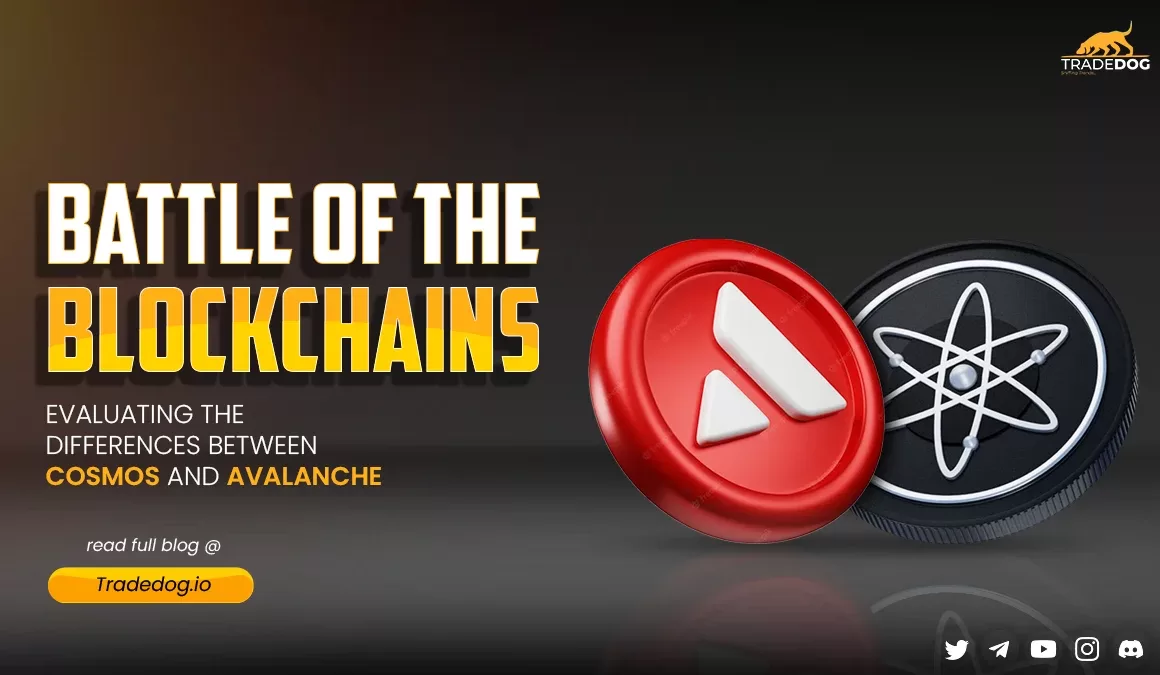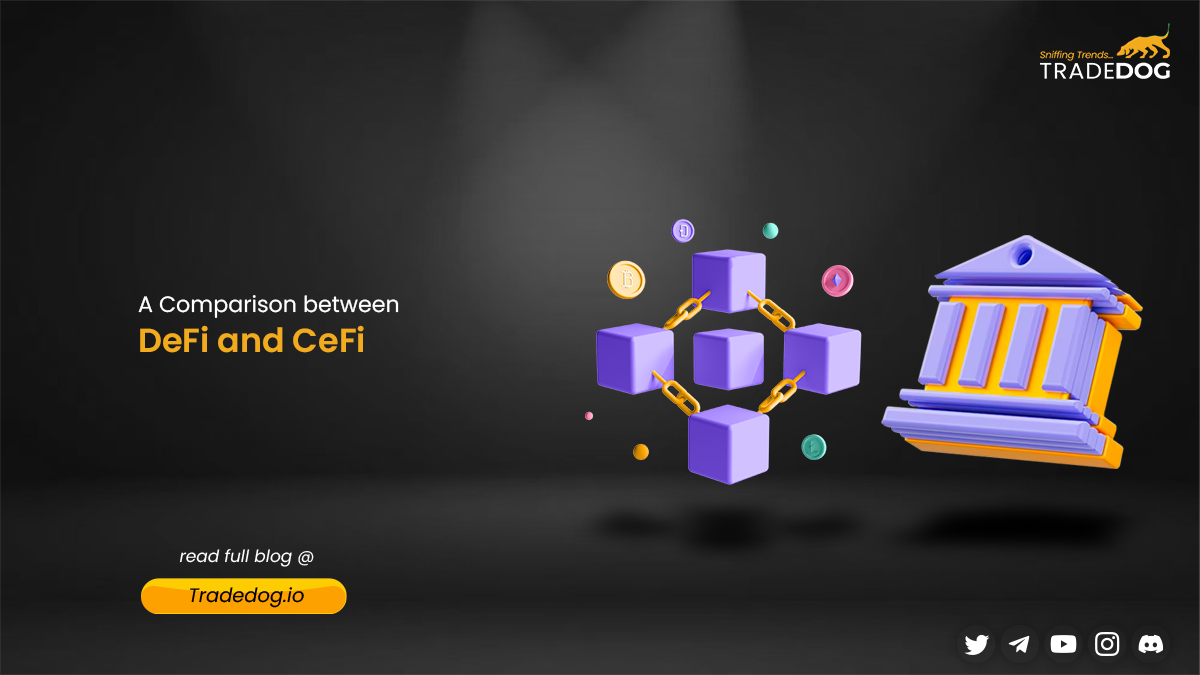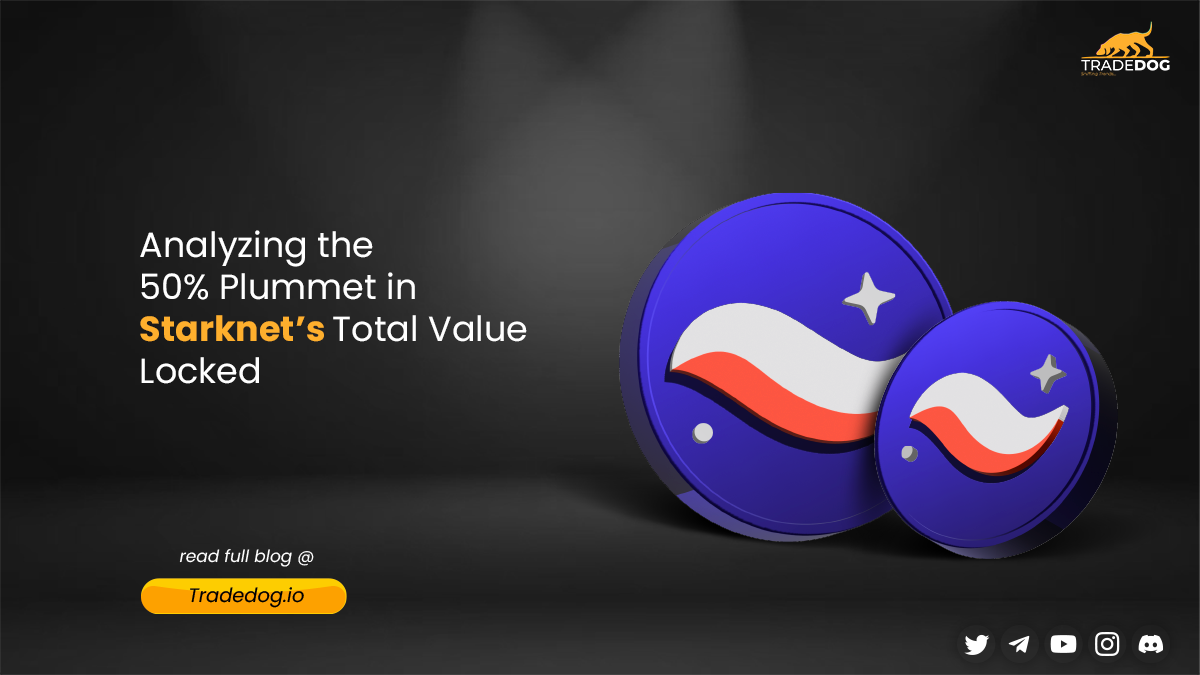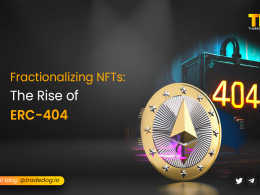Quick Links
In recent years, the world of decentralized finance (DeFi) has seen an explosion in innovation and growth. With this growth, new blockchains and protocols have emerged, each aiming to provide faster, more scalable, and more secure solutions. Blockchain technology has opened up new possibilities for decentralized finance and created a wide range of blockchain platforms that offer unique features and benefits to their users. Among these platforms are Cosmos and Avalanche, which have gained popularity in the blockchain community due to their innovative approaches to solving the challenges faced by the industry. While both platforms offer similar functionalities such as interoperability, cross-chain transfers, and scalability, they differ in their design philosophies, consensus mechanisms, and governance models. In this blog post, we will delve deeper into the differences between Cosmos and Avalanche and examine their advantages and disadvantages to help you determine which platform is best suited for your needs.
What is Cosmos?
Cosmos is an ecosystem of independent blockchains, connected through the Cosmos Hub, which serves as a central hub for communication and transaction settlement. The Cosmos Hub uses the Inter-Blockchain Communication (IBC) protocol, which enables secure and interoperable communication between different blockchains within the Cosmos network. Cosmos aims to solve the scalability, interoperability, and usability issues that currently plague the blockchain industry.
What is Avalanche?
Avalanche is a high-performance, open-source blockchain platform that aims to provide fast and efficient transactions at scale. It uses a novel consensus mechanism called Avalanche consensus, which is a variant of the proof-of-stake (PoS) consensus mechanism. Avalanche enables the creation and deployment of decentralized applications (dApps) and smart contracts, with high throughput and low latency.
Features of Cosmos and Avalanche:
| Cosmos | Avalanche | |
| Scalability | Consensus bandwidth is the bottleneck, with each Zone and Hub in Cosmos capable of up to about 1000 transactions per second. IBC will be used by Cosmos to connect thousands of Zones and Hubs. The number of Zones and Hubs that may be established is unrestricted. | Avalanche can handle about 4500 transactions per second per subnet with just 2 CPU cores, 4 GB of memory, and a validator size of more than 2,000 nodes. |
| Interoperability | Using its IBC protocol, Cosmos will link Hubs and Zones. It would be necessary for the connected blockchain to fork its code in order to implement IBC. It is more likely that a custom “Peg Zone” will be created specifically to work with the particular blockchain it is trying to bridge to, such as Ethereum, etc. when connecting to blockchains outside of the Cosmos ecosystem. | When there are lots of subnets, then they can all work together easily because they use the same validators and rules. This means that different blockchains can talk to each other and share information.Avalanche is planning to have lots of subnets, so this will make it easy for different blockchains to work together. |
| Current adoption | The Cosmos project started in 2016 with an ICO held in April 2017. There are currently around 50 projects building on the Cosmos SDK. | Avalanche in comparison started much later with Ava Labs being founded in 2018. Avalanche held its ICO in July 2020. There are currently 16 DApps on Avalanche. |
| Decentralization | Around 200 validators are the upper limit for Tendermint consensus before the performance begins to suffer. | Via periodic sub-sampling, avalanche consensus can scale to tens of thousands or even millions of validators participating in consensus. |
| Shared security | In Cosmos, each Zone, and Hub has a unique validator set and set of underlying trust assumptions. In a shared security paradigm that has not yet been disclosed, a Hub can validate the status of connected zones for a price. Once accessible, this will change shared security from being required to being optional. | In Avalanche, a subnet is made up of a dynamic group of validators that collaborate to reach a consensus on the current state of a collection of numerous blockchains, allowing for the configuration of complex rule sets to satisfy regulatory requirements. Hence, a subnet can validate one or many virtual machines or blockchains with a single validator set, unlike Cosmos where each zone or the hub has its own validators. |
Cosmos vs Avalanche: A Comparison
Consensus Mechanism
Cosmos uses a Tendermint-based consensus mechanism, which is a Byzantine Fault Tolerant (BFT) consensus algorithm. Tendermint ensures that transactions are processed and validated in a deterministic and secure way. On the other hand, Avalanche uses a consensus mechanism called Avalanche consensus, which is also a variant of PoS. Avalanche consensus is designed to provide fast finality and high throughput, even under high network congestion.
Interoperability
One of the primary goals of Cosmos is to provide interoperability between different blockchains. Cosmos achieves this through the IBC protocol, which allows for secure and efficient communication between different blockchains. Avalanche also supports interoperability through the Avalanche-X network, which enables cross-chain communication between Avalanche and other blockchains.
Smart Contract Languages
Cosmos supports smart contracts written in multiple programming languages, including Solidity, Go, and Rust. This makes it easier for developers to build dApps on the Cosmos network, as they can use familiar programming languages. Avalanche, on the other hand, supports smart contracts written in Solidity and its own programming language, called AVA.
Transaction Speed
Avalanche claims to be able to process up to 4,500 transactions per second (TPS), while Cosmos can process up to 10,000 TPS. However, it is worth noting that transaction speed is not the only metric that matters when it comes to evaluating blockchain performance. Other factors, such as security, decentralization, and scalability, are also important.
Conclusion
Both Cosmos and Avalanche are promising blockchain platforms with unique selling propositions. Cosmos aims to solve the interoperability issues in the blockchain industry, while Avalanche aims to provide high throughput and low latency. Both platforms have their own consensus mechanisms, smart contract languages, and transaction speeds. Ultimately, the choice between Cosmos vs Avalanche depends on the specific use case and the needs of the user. However, it is clear that both platforms have the potential to contribute significantly to the future of decentralized finance.
FAQs
Cosmos vs Avalanche: which network is better for scalability
With Avalanche, there are potentially millions of validators participating in consensus, there is no cap on the number of subnets or blockchains that may be built, and there are more transactions per second. Cosmos can only use validators up to about 200 in size.













